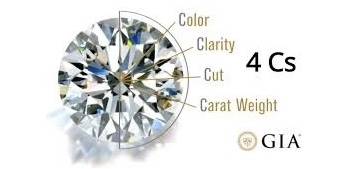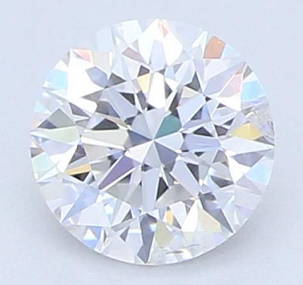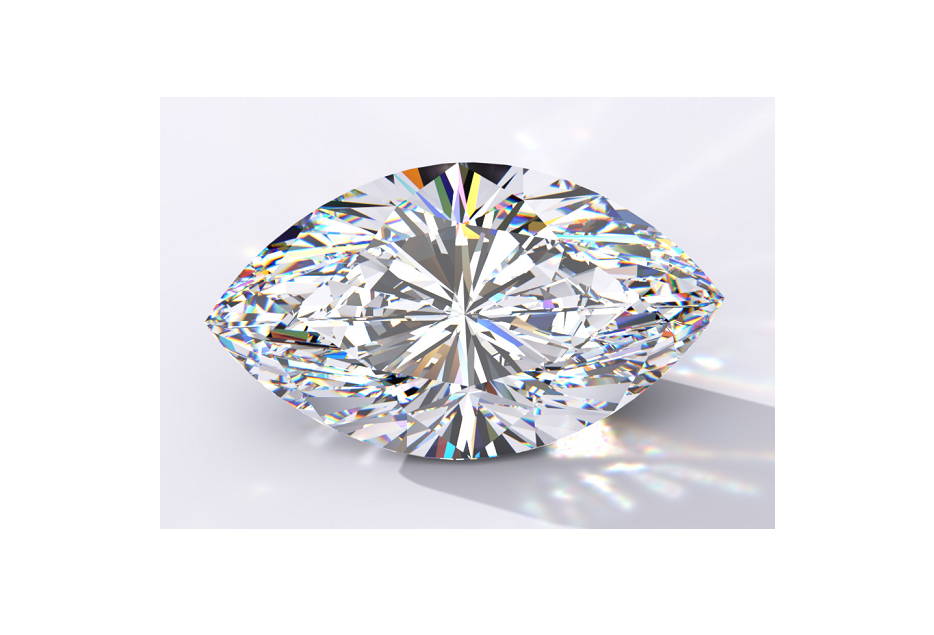MISTAKES TO AVOID WHEN BUYING A DIAMOND

The journey of purchasing a diamond often starts with a traditional high street jeweller, even if the final purchase is made online.
You may be able to see various diamond carat weights, shapes and grades up close and then decide to make an informed purchase online.
However you decide to proceed, here are some things you need to watch out for:
Quality of Cut
Perhaps the biggest mistake made when purchasing a diamond in a store is to be misled on the quality of it's cut.
The cut is more difficult to define than colour or clarity. It is therefore often ignored or misrepresented.
Sales techniques can include:
Being presented with a deeply cut diamond, which carries more of its carat weight hidden in the depth of the diamond as opposed to the width. These poorly cut diamonds are less valuable per carat and are common in many jewellery stores.
You might end up purchasing a 1.00 carat diamond that actually looks more like a 0.90 carat diamond, because it is too deeply cut.
Being shown several diamonds of various cut qualities, in an effort to sell the best of the available options.
While you may decide to choose the best option shown, it is not necessarily a sufficiently well cut diamond. It is just the best of what is available in that store.
Because excellent or very good cut diamonds are more valuable per carat weight than good or fair cut, few are stocked in high street jewellery stores - if at all.
For the retailer, these lower cut grade diamonds cost less to purchase and hold. In turn, their lower retail value - but worthwhile margin - means they tend to sell quicker and more frequently.
So the incentive to carry them rather than higher quality, higher priced diamonds is compelling.
Flattering lighting
Jewellery store lighting is designed to make diamonds look their best. Using specialized lighting to emit a spectrum shifted towards blue will make a yellow tinged diamond appear whiter. When considering a diamond that does not have dependable certification, ask to see it under normal lighting. It is advisable to take the diamond outside the store if possible or to an area with standard office lighting or a window or other source of natural light.
Colour Grading
When comparing the colour grade of diamonds you need to pay close attention.
By making invalid comparisons, a jeweller can often upsell a customer on colour. For example, a customer is shown two diamonds, one described as "G" colour, one described as "H" colour; the customer sees that the colour distinction is obvious, and decides they should move to the higher colour.
However, issues with this approach include:
You do not know if both diamonds are independently graded. So don't perform any comparisons without first seeing the actual certificates.
You may also not know if both diamonds are of the same cut quality. This affects the brightness and therefore the perceived colour of a diamond. When compared to a good cut H, an excellent cut G will have a more pronounced colour improvement than if two similar cuts are compared.
In determining diamond cut grade, do not take the retailer's word. Use the GIA or IGI cut grade for round brilliant diamonds.
You may also be presented with two different diamond shapes to compare.
Body colour shows more noticeably in certain diamond shapes. For example, comparing a H marquise shape with a G round cut will display a more pronounced colour difference than comparing two round cut or two cushion cut stones.
Diamonds already set
It is impossible to accurately judge the clarity and colour of a diamond once it is set. Flaws and inclusions are easily camouflaged under prongs and colour is obscured by the reflections from the precious metal setting.
Unless it is a GIA or IGI certified diamond, do not purchase it before seeing it loose - ideally under magnification. This way you will see firsthand what you are buying.
Rounding up of carat weight
Sometimes in stores diamond carat weights are rounded up. For instance, a 0.70 carat diamond ("70 points") might be described as a 3/4 carat. While this is an accepted norm for smaller melee diamonds set in jewellery, it is not acceptable for a certified or main solitaire diamond.
Always ask for the exact carat weight and the price per carat, so that you can easily make diamond comparisons.
Also insist on seeing a copy of the GIA or IGI grading report (or other reputable grading institute) for any diamond you are considering. Do not purchase from a jeweller who is unwilling or unable to show you the certificate before making your purchase.





